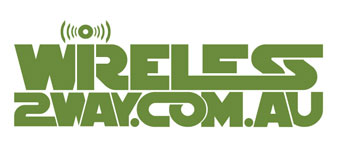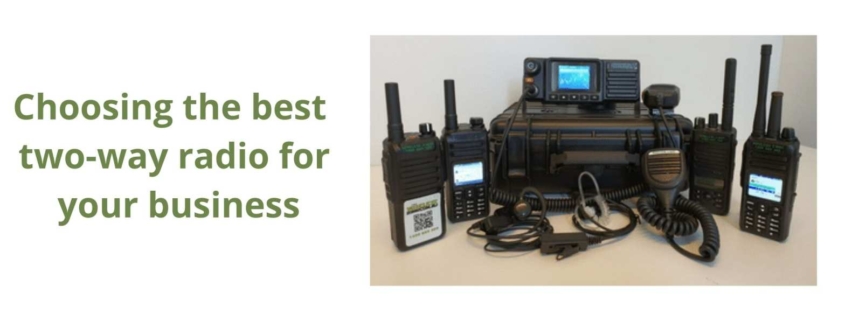Choosing the best two-way radio for your business
Today’s firms have discovered a simple and inexpensive way to boost their profits. Their communication systems now include two-way radios. Those extra profits are mainly due to lower operational expenses and higher productivity.
Two-way radios are a low-cost option. They’re utilised for communication across departments or in the field, cutting down on time spent on various jobs. Two-way radios allow for faster response times and more effective project tracking. In addition, they’re more practical, dependable, and long-lasting than cell phones.
Depending on your company’s demands and objectives, there are various 2-way radio types to pick from. Before purchasing walkie-talkies, consider these four aspects: frequency, power, channels, and handset durability.
UHF or VHF for frequency?
When deciding on a frequency, keep your surroundings in mind. A UHF 2-way radio is suitable for communicating within a building or if there are barriers between radios. Restaurants, hotels, health care facilities, and schools can all benefit from these radios.
VHF two-way radios operate well on open plains or rolling hills with minimal trees. The dependability of VHF radios is appreciated by enterprises such as farmlands, golf courses, and survey crews.
How Much Power Do I Require?
The wattage of business radios ranges from 1 to 5 watts. While more powerful radios can communicate across long distances, it isn’t always necessary. A 1-watt radio will suffice if your professional communication area is less than 200,000 sq. ft or less than a mile away.
A 2-watt radio will function if the range is between numerous buildings, up to 250,000 sq . ft, or up to 2 miles away. A 3-watt radio will be enough for communications up to 300,000 sq. ft and over a 3-mile distance. Think about the range or region you’ll be utilising the radios to figure out how much power you’ll need.
How Many Channels Are Necessary?
The number of channels on 2-way radios varies depending on the model. One channel works great if all of your staff need to speak. However, if you own a business like a hotel, you’ll need many channels. Your kitchen/wait staff, janitorial, and valet service can all communicate through their channels.
When calculating how many stations your radios require, consider how many various departments will be interacting with one another and across departments.
What radio characteristics can help you communicate more effectively?
Modern two-way radios are jam-packed with capabilities to help you develop your communication system; there are far too many to list here, but they’re all meant to boost productivity, connectivity, and safety. LED displays and VOX capabilities are two of the most popular radio features.
Thanks to displays, users can obtain real-time updates on their battery life and channel choices. In addition, when using MOTOTRBOTM software, they can even send text messages and handle work orders directly from the radio.
Another favorite feature is VOX. When used with suitable accessories, it allows for hands-free radio operation, allowing users to stay connected without stopping working on using their radio.
How much dust and water protection do you require?
This is a crucial step because you’ll need the gadget to manage your demanding work environment. Each of our radios has an IP certification that indicates how well it resists water and dust; the more significant the rating, the better the protection. Determine which rating best suits your needs to determine which radio model is best for your environment. Remember that most manufacturers’ warranties do not cover water damage, so don’t make assumptions or guesses here.
After answering these questions, you now have all of the information you need to choose your new company’s two-way radio. You may rest assured that your company will receive exactly what it requires. We’ve outlined several crucial questions when selecting your ideal corporate two-way radios.



